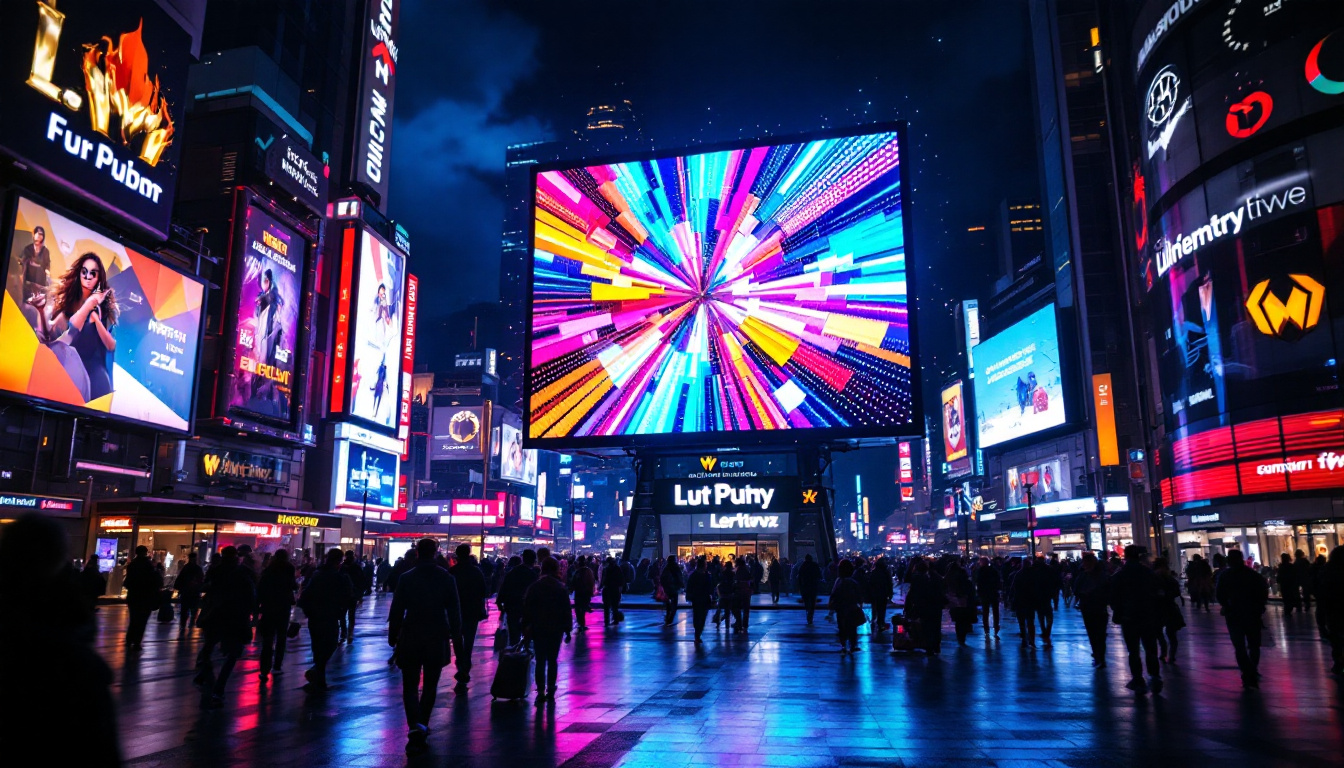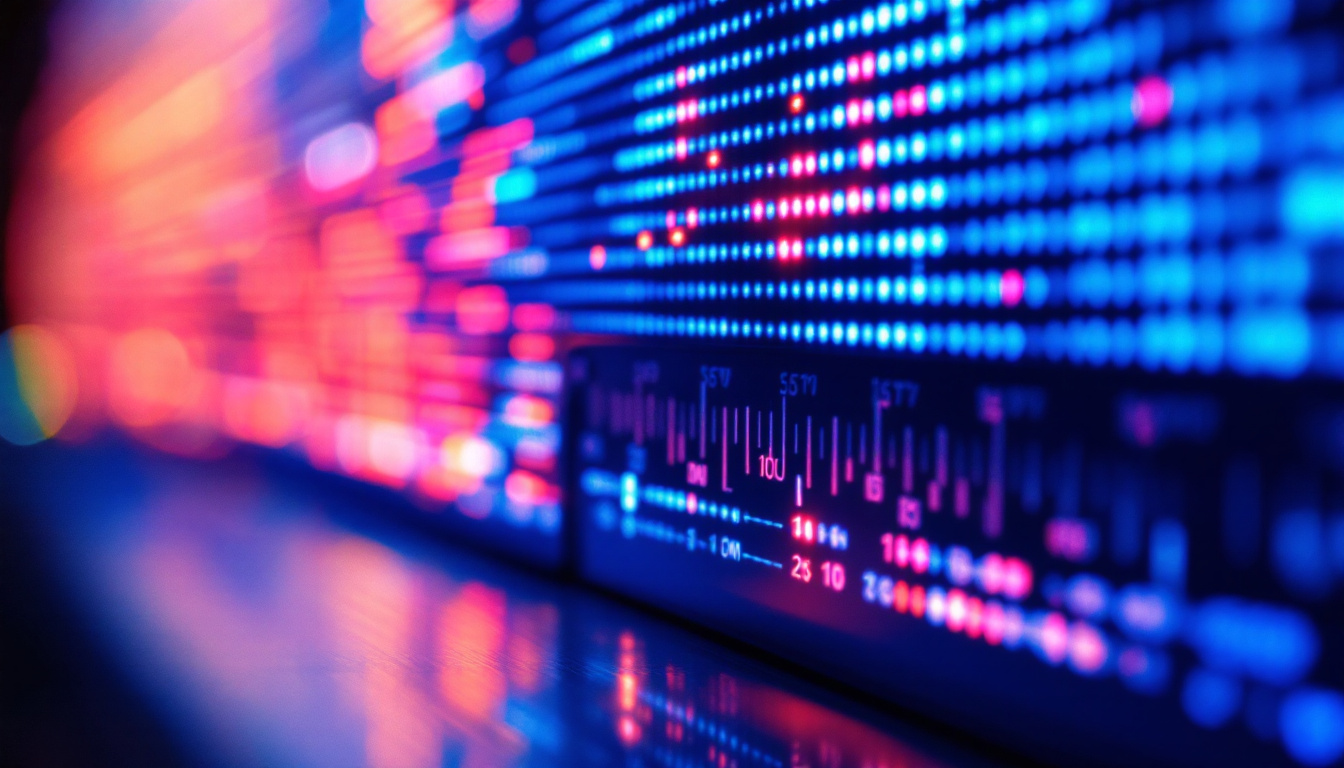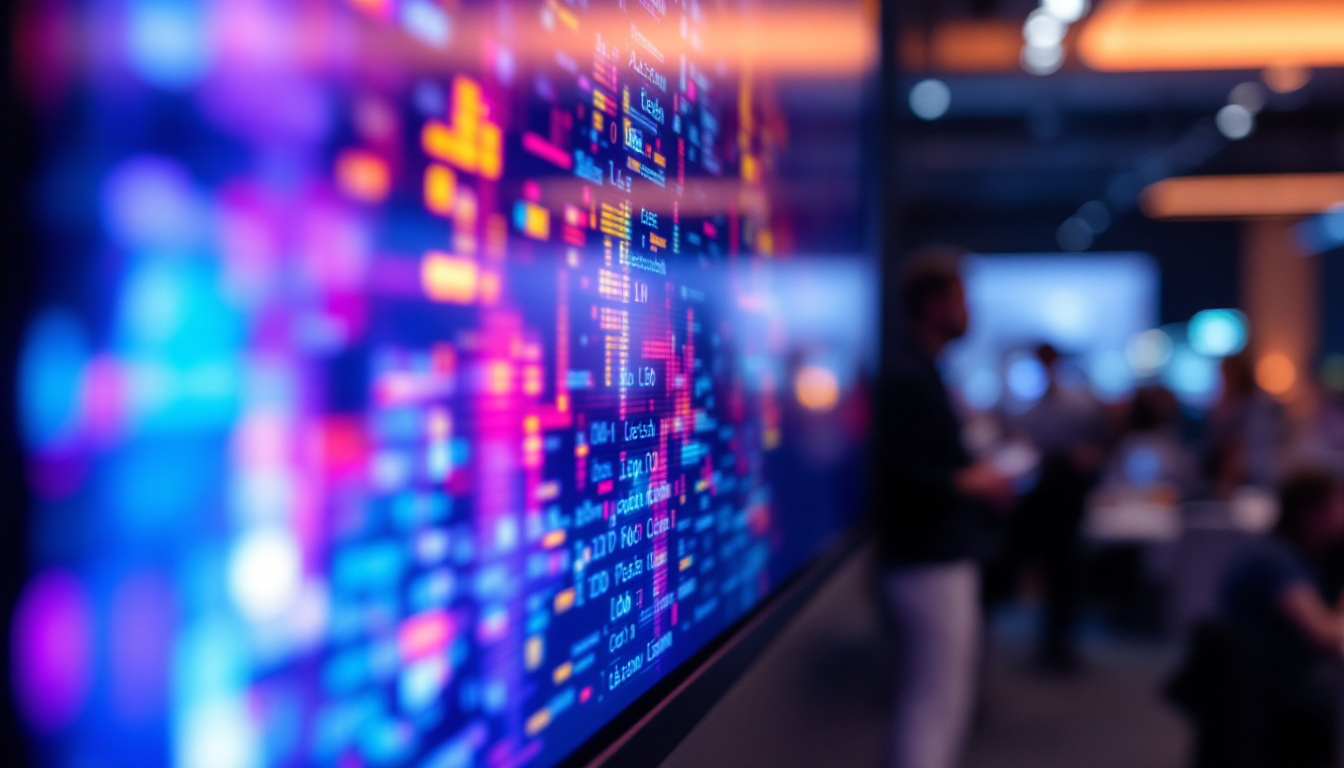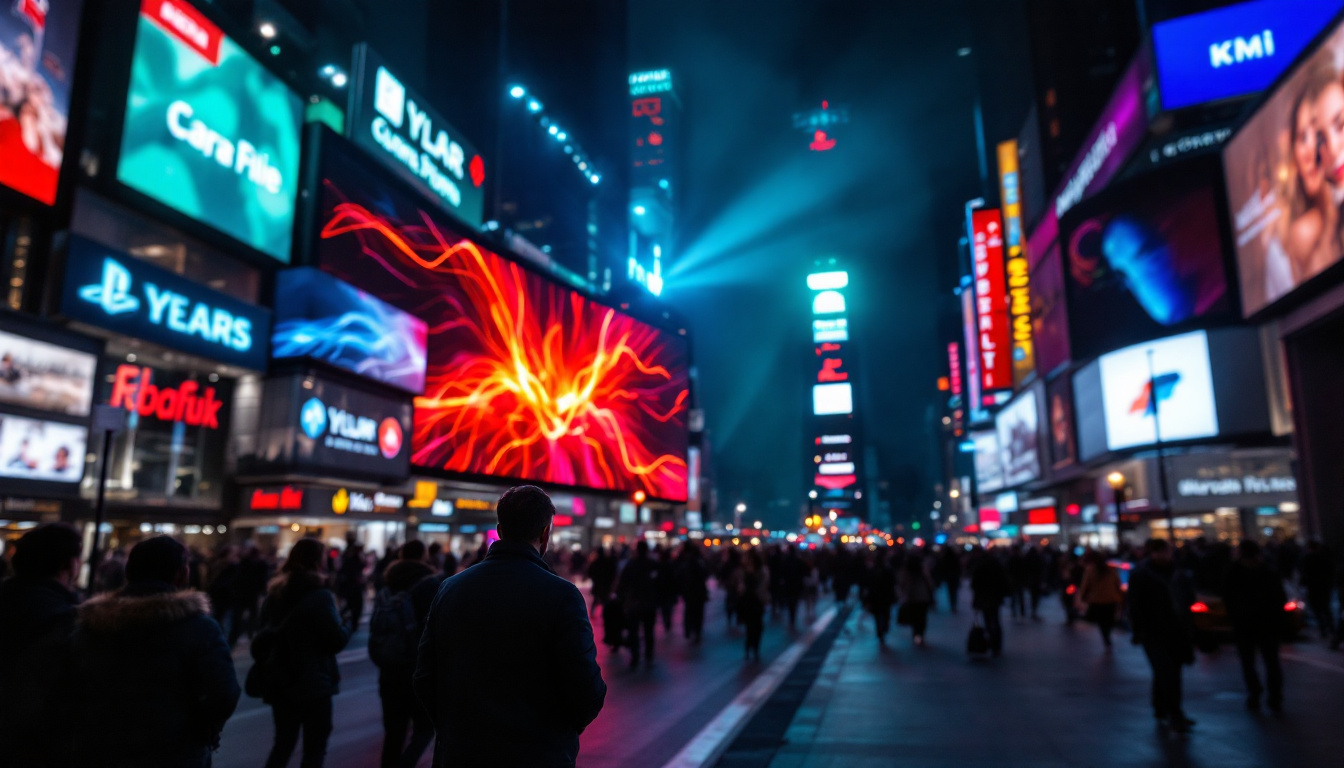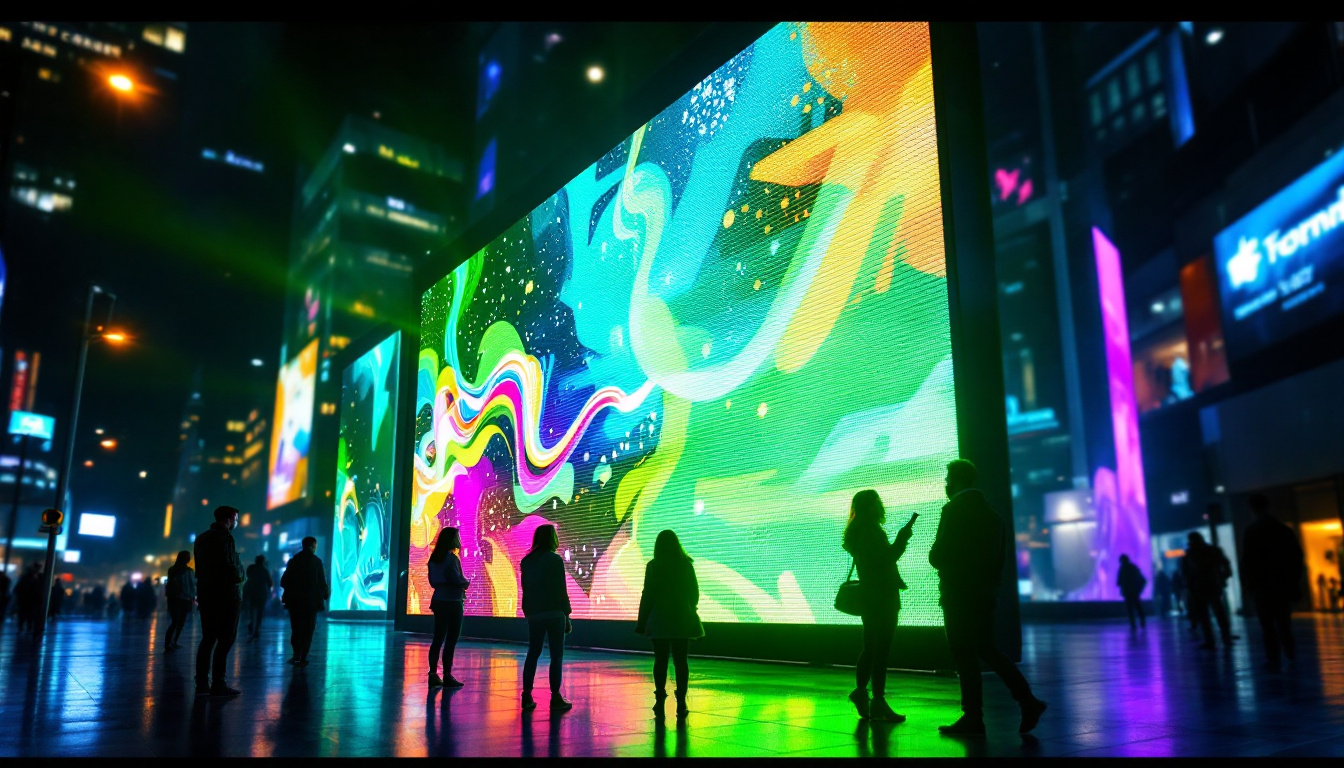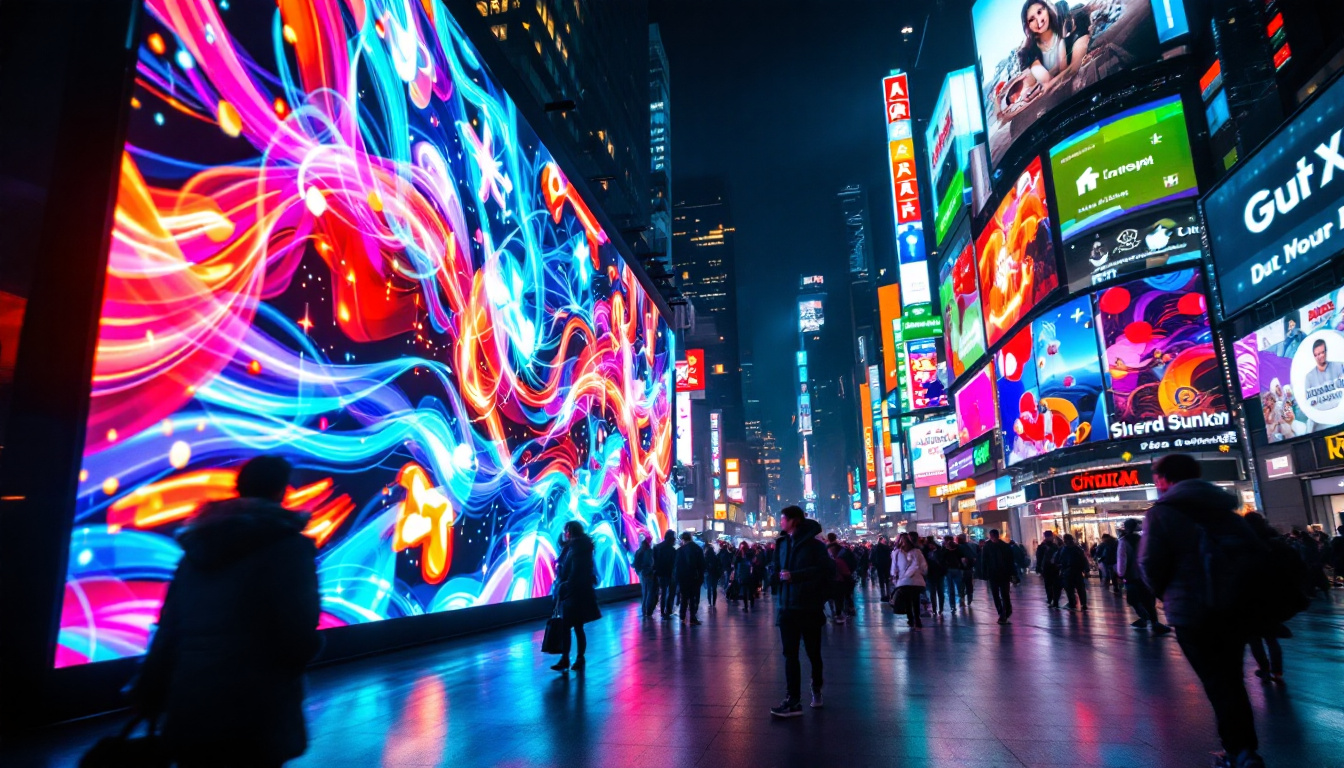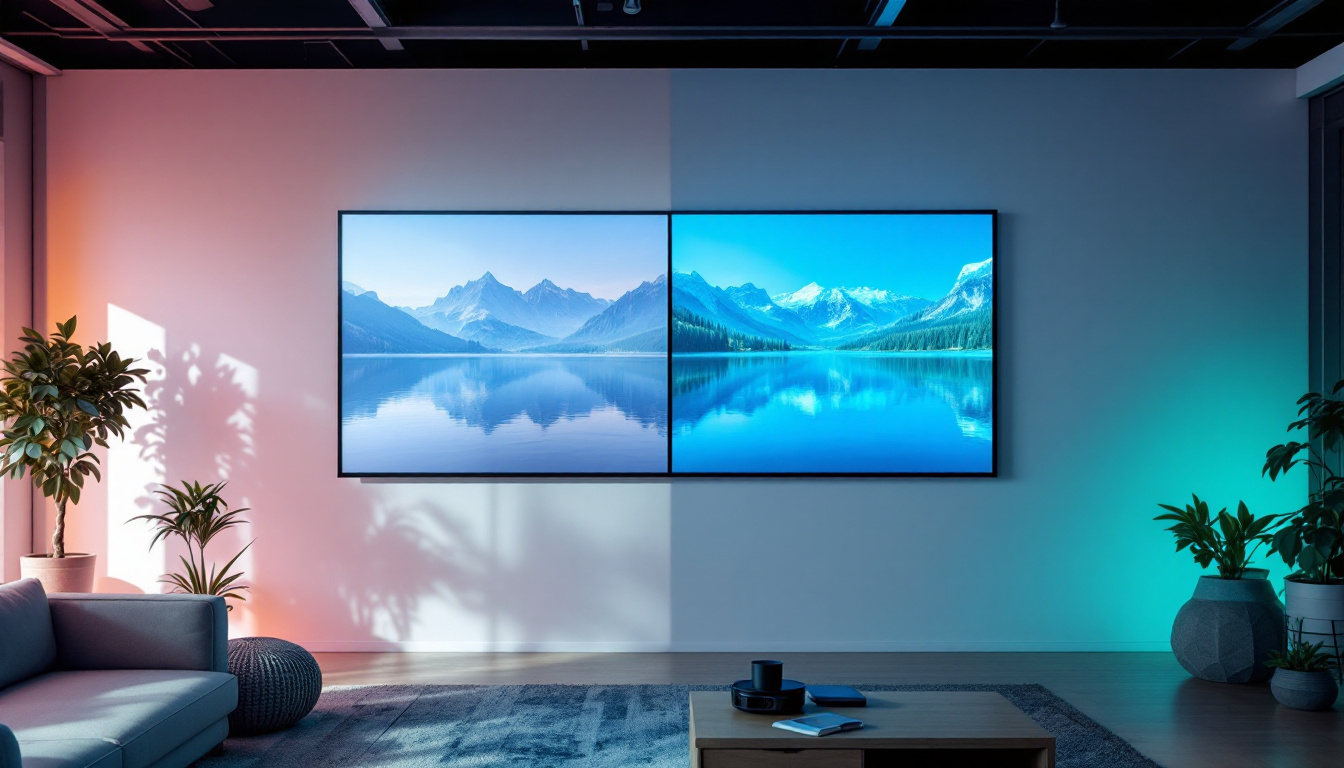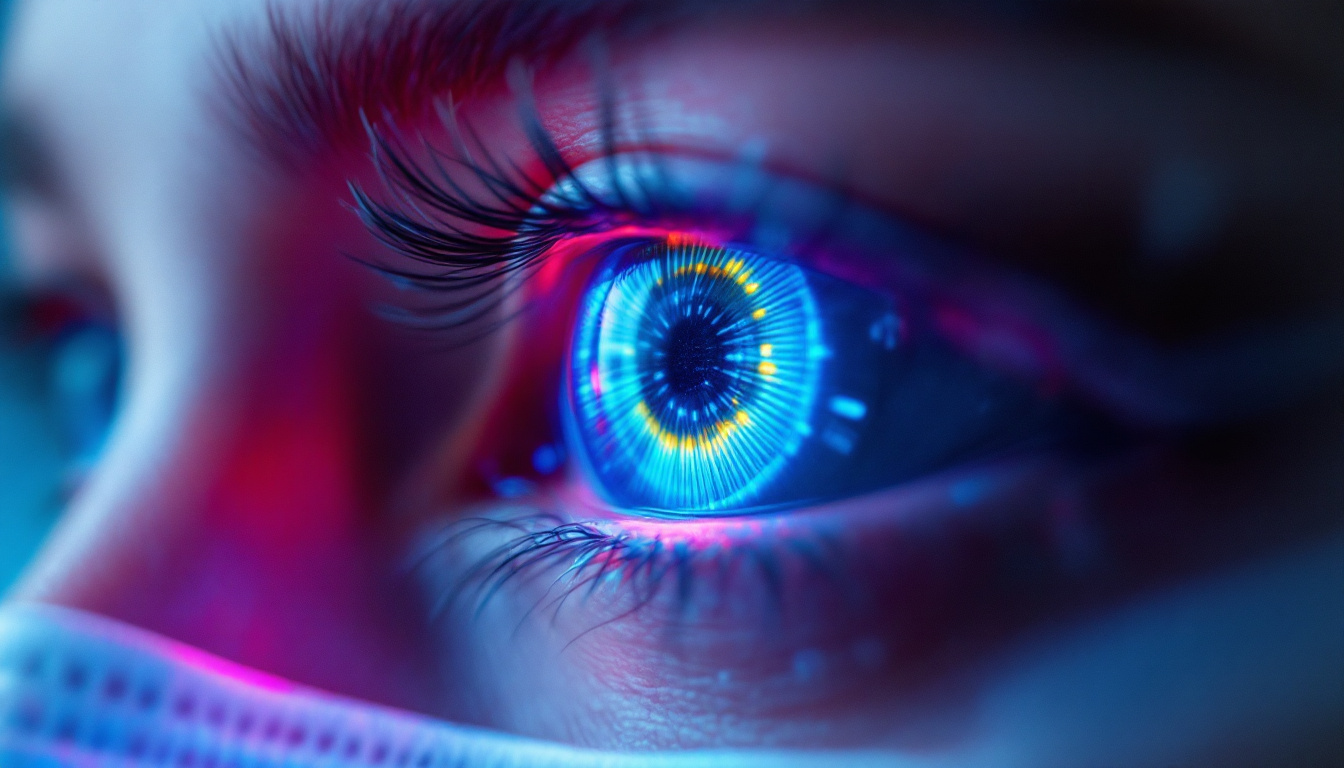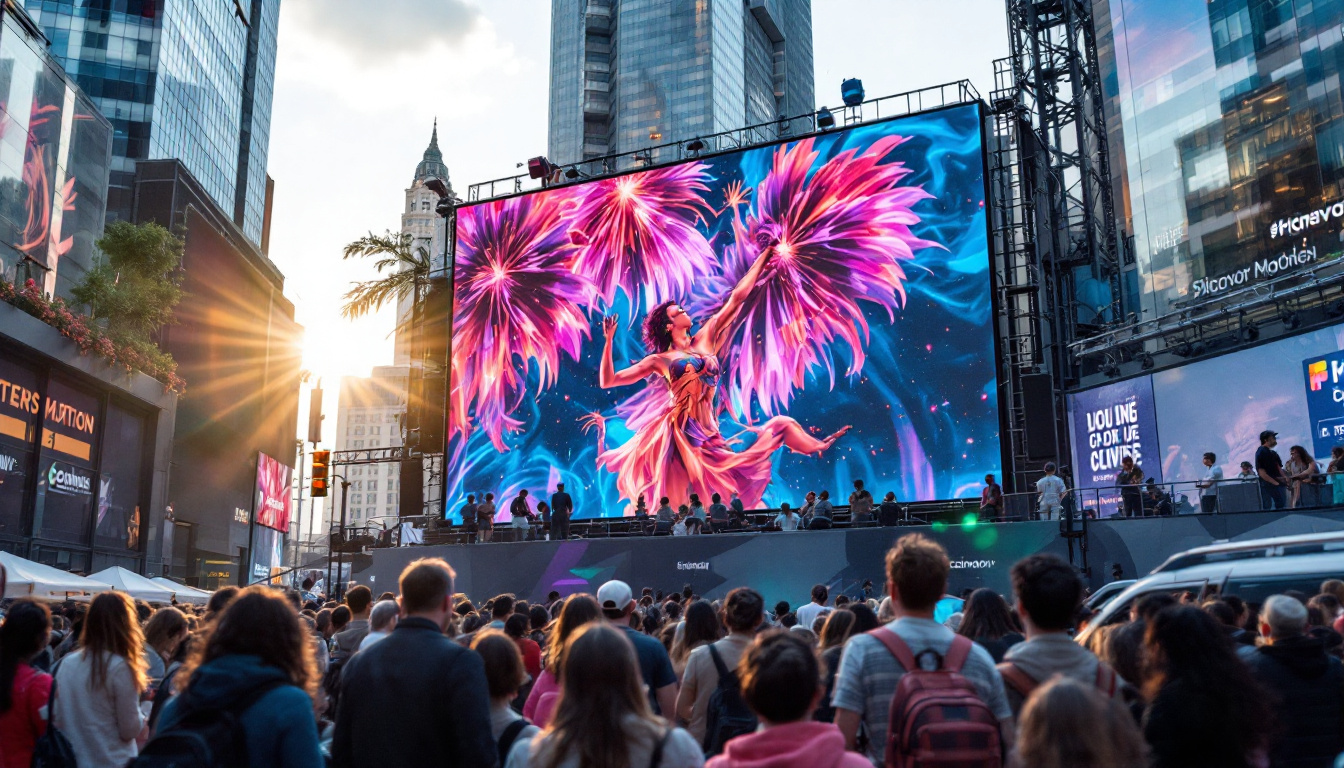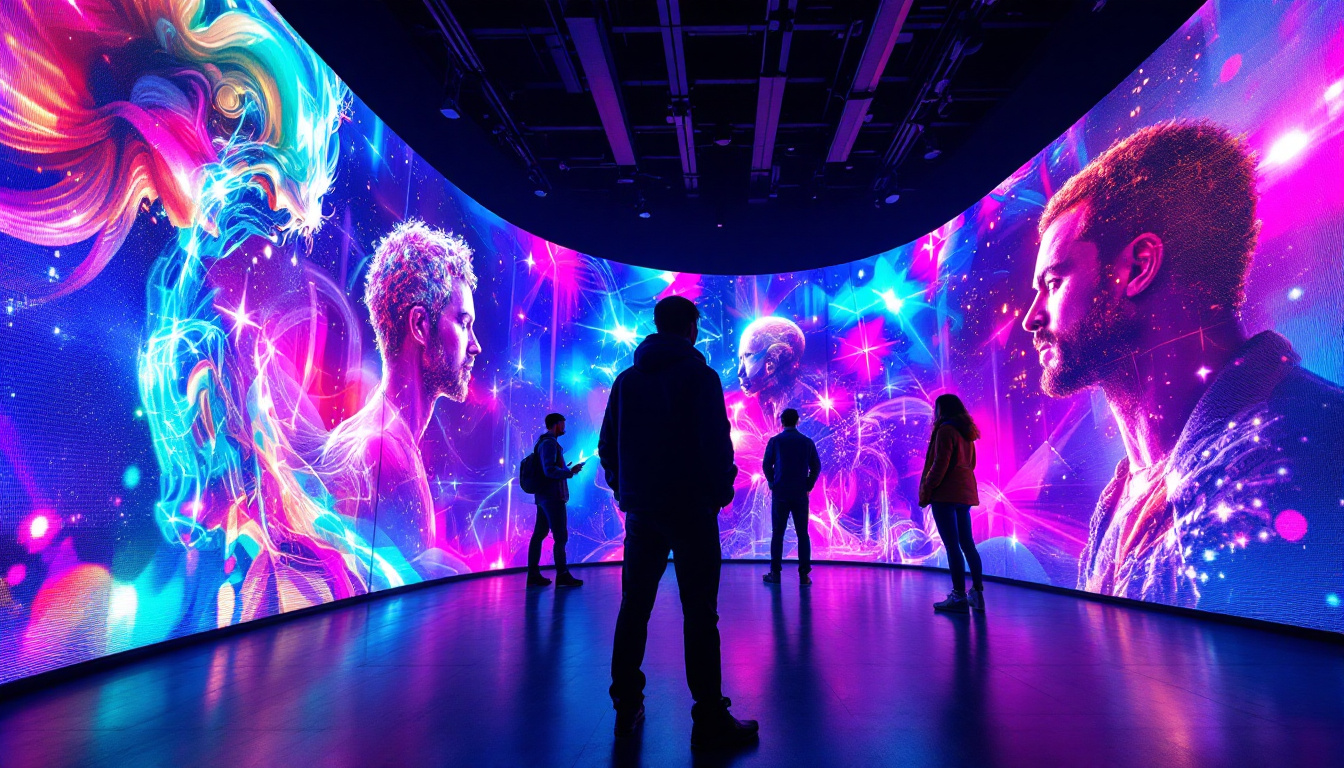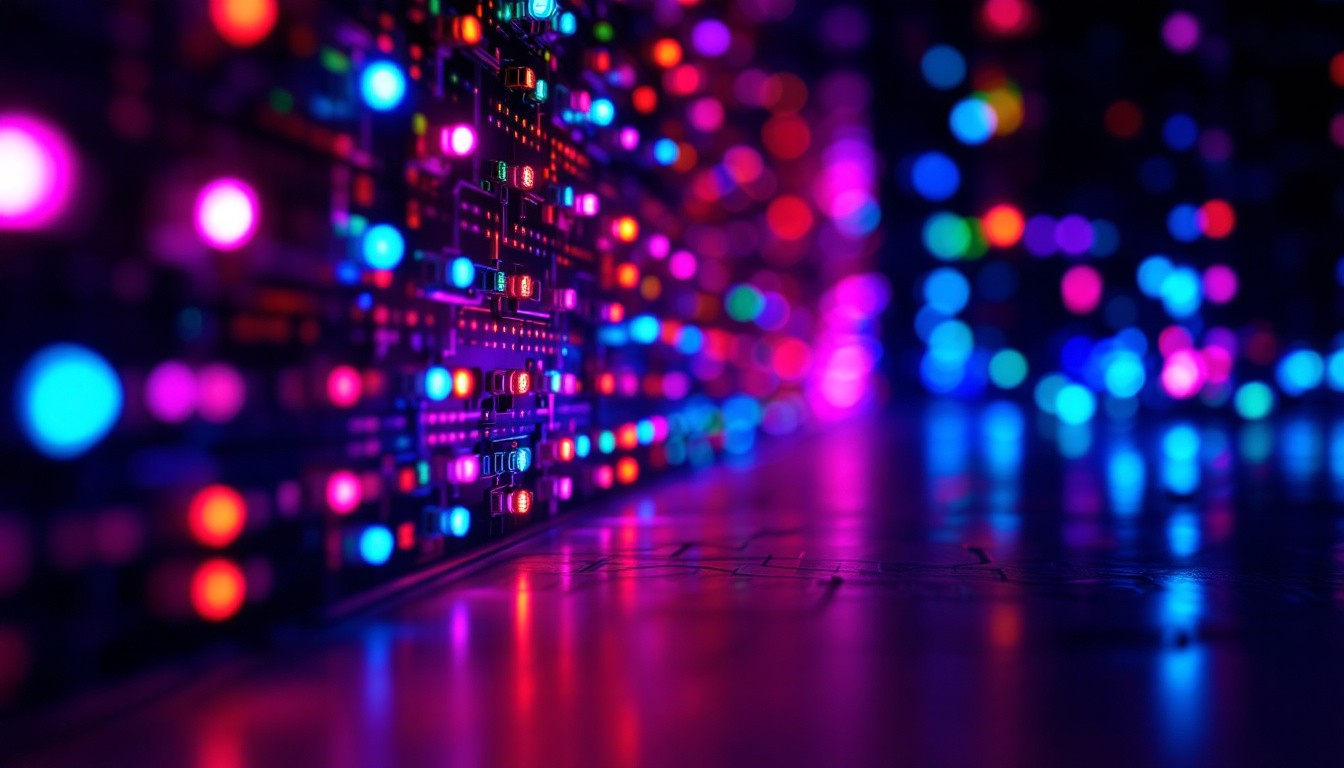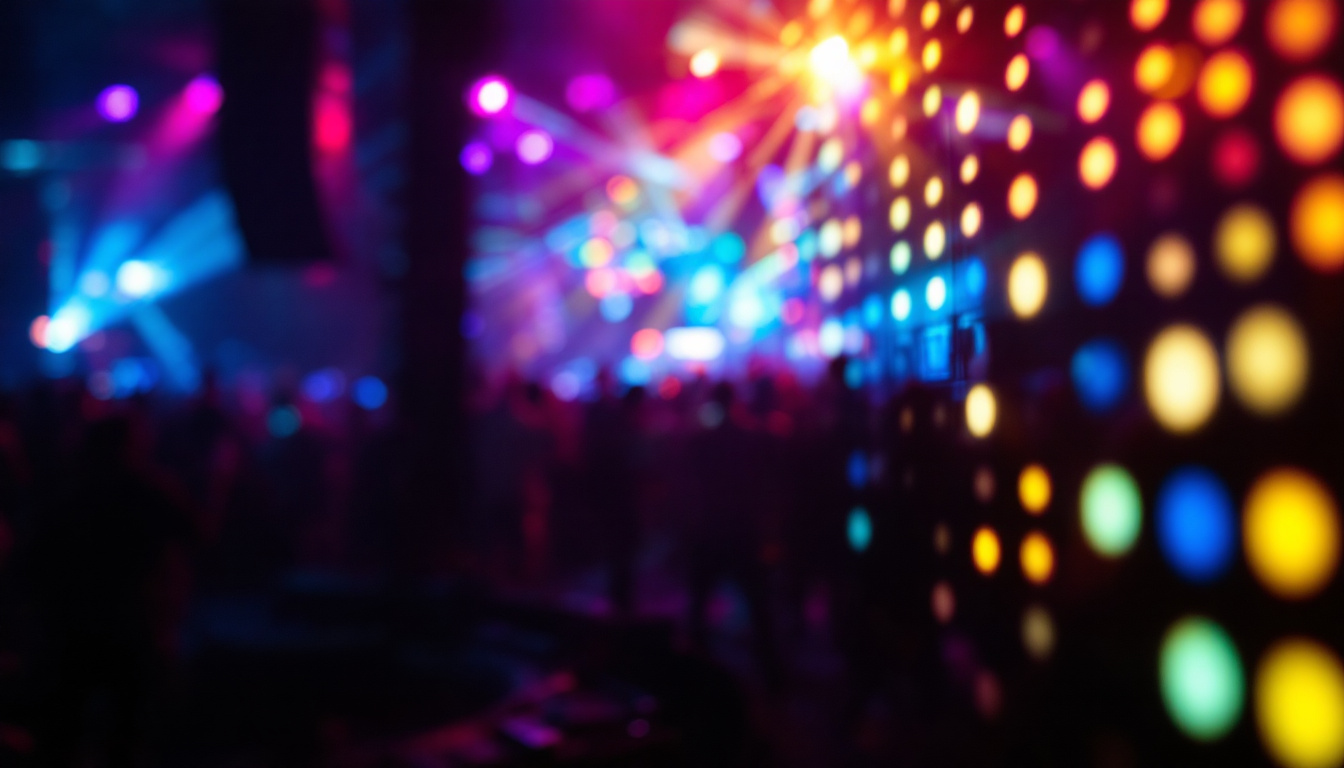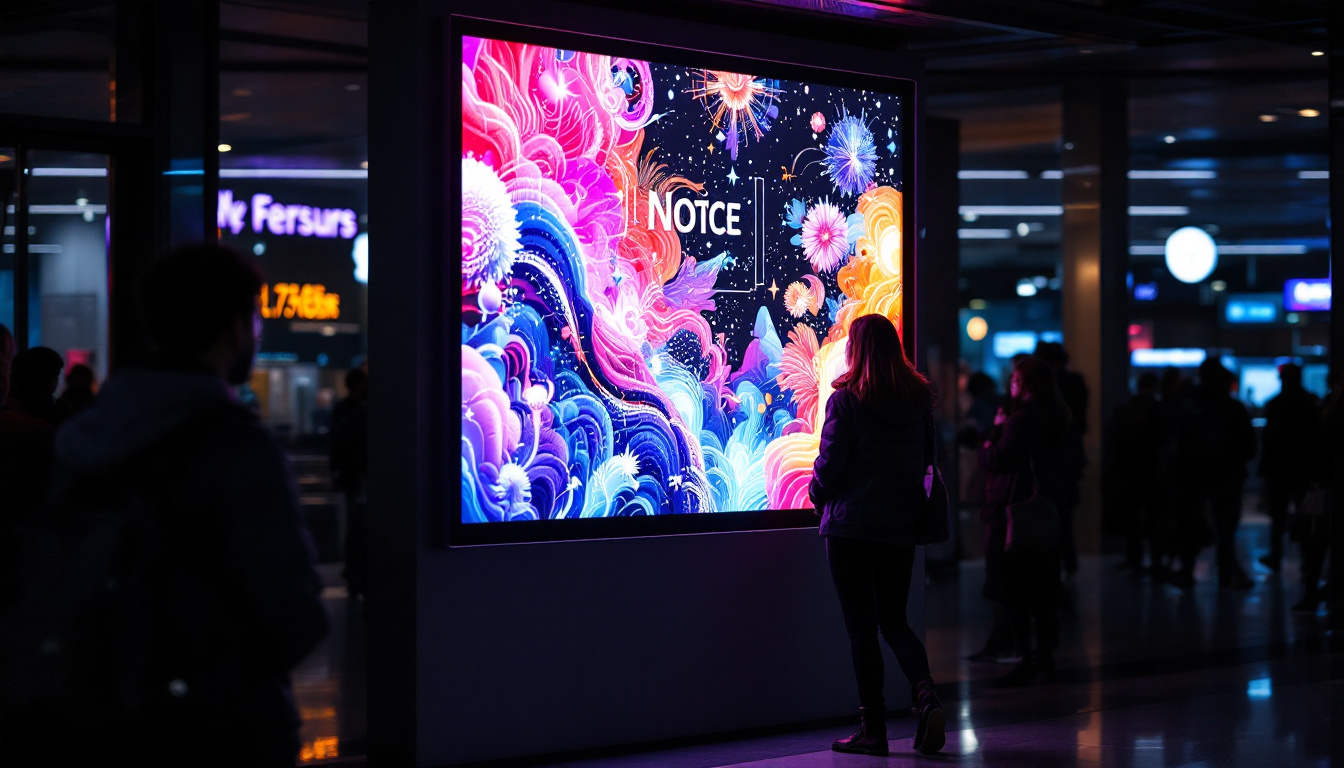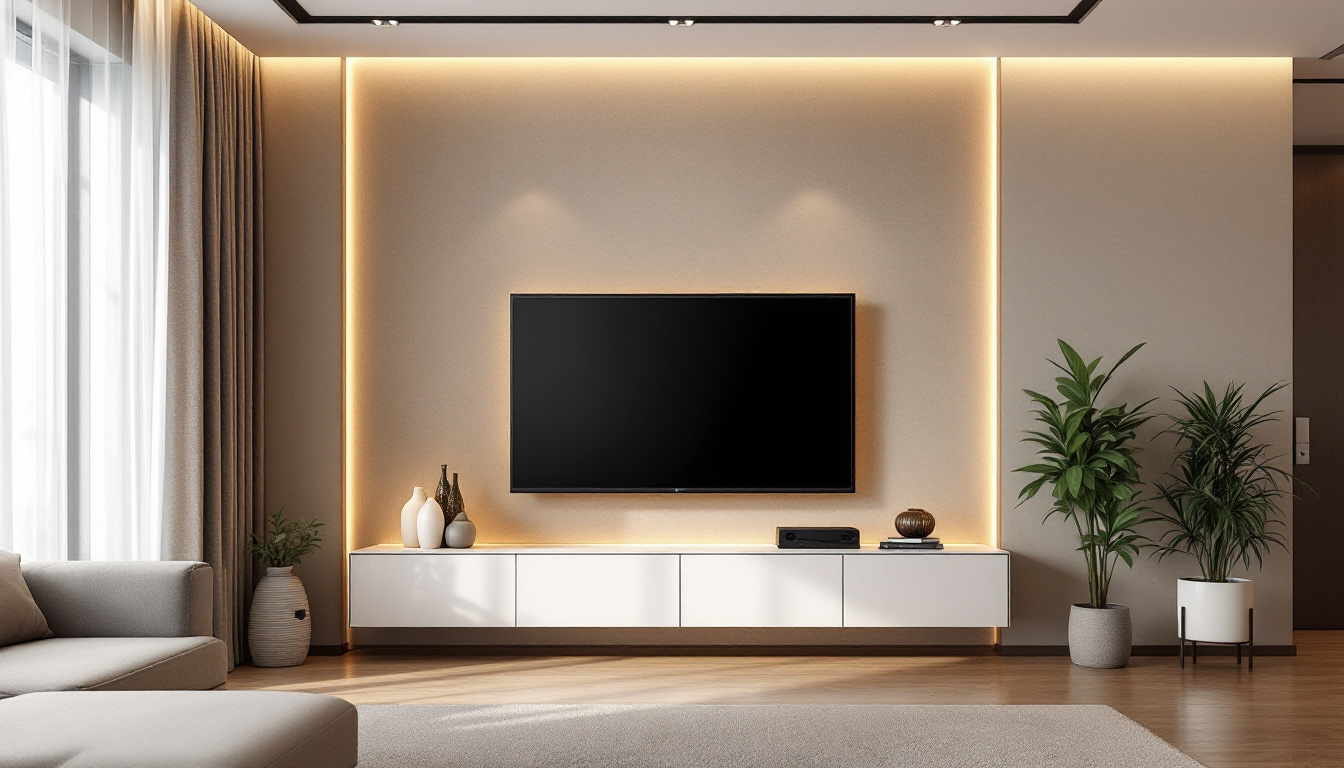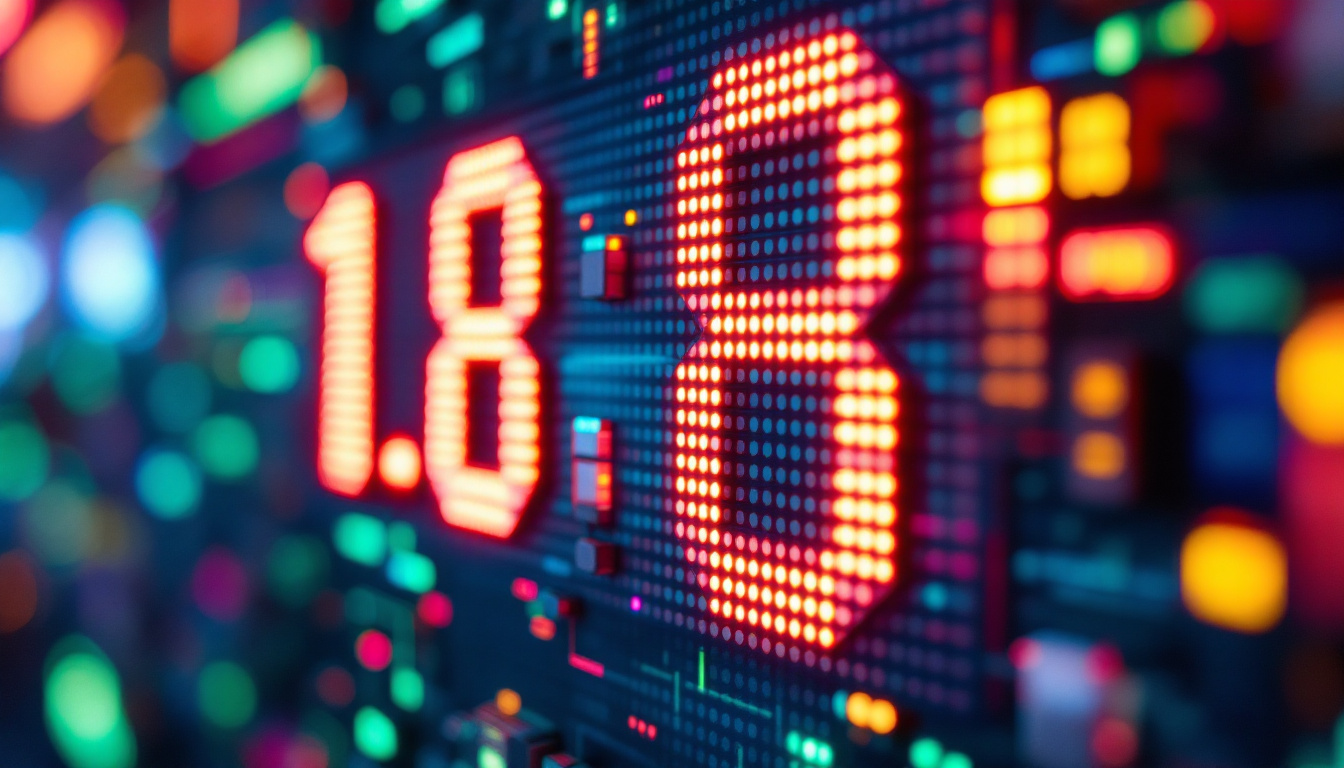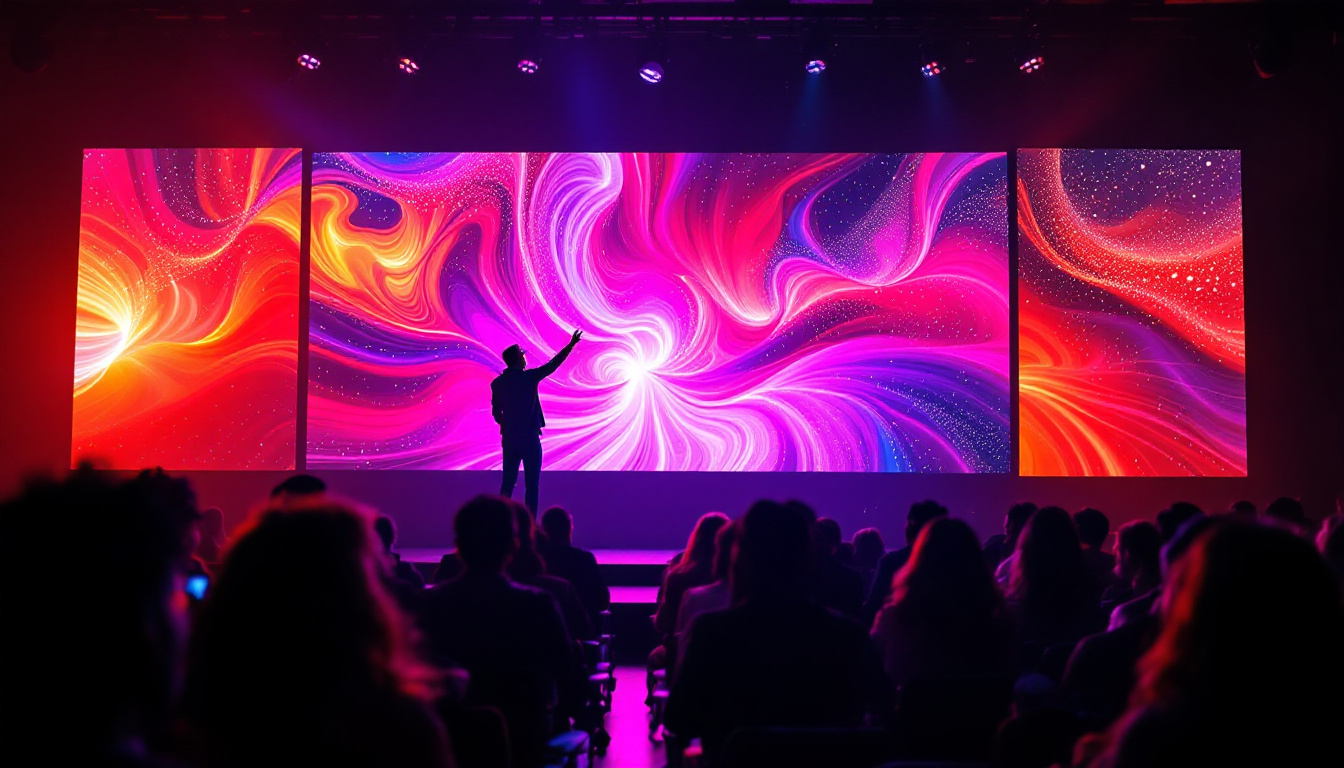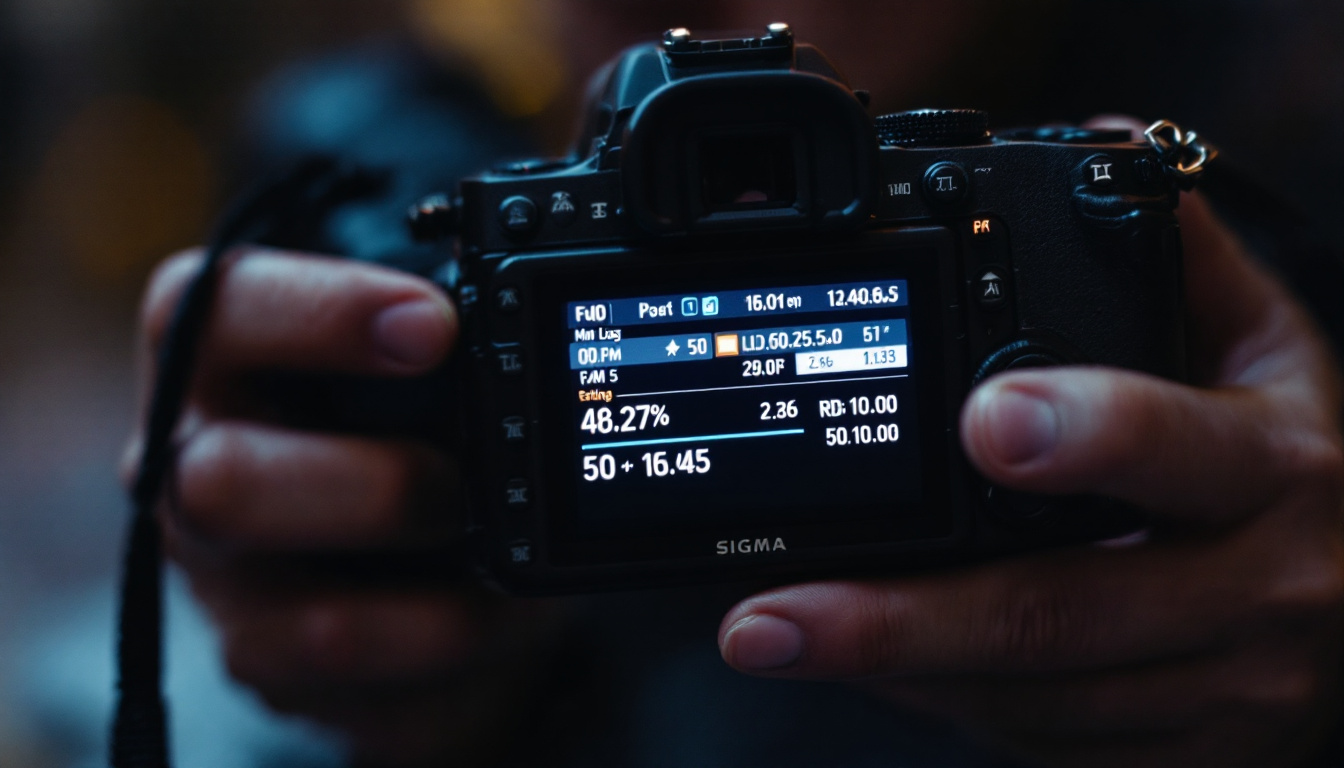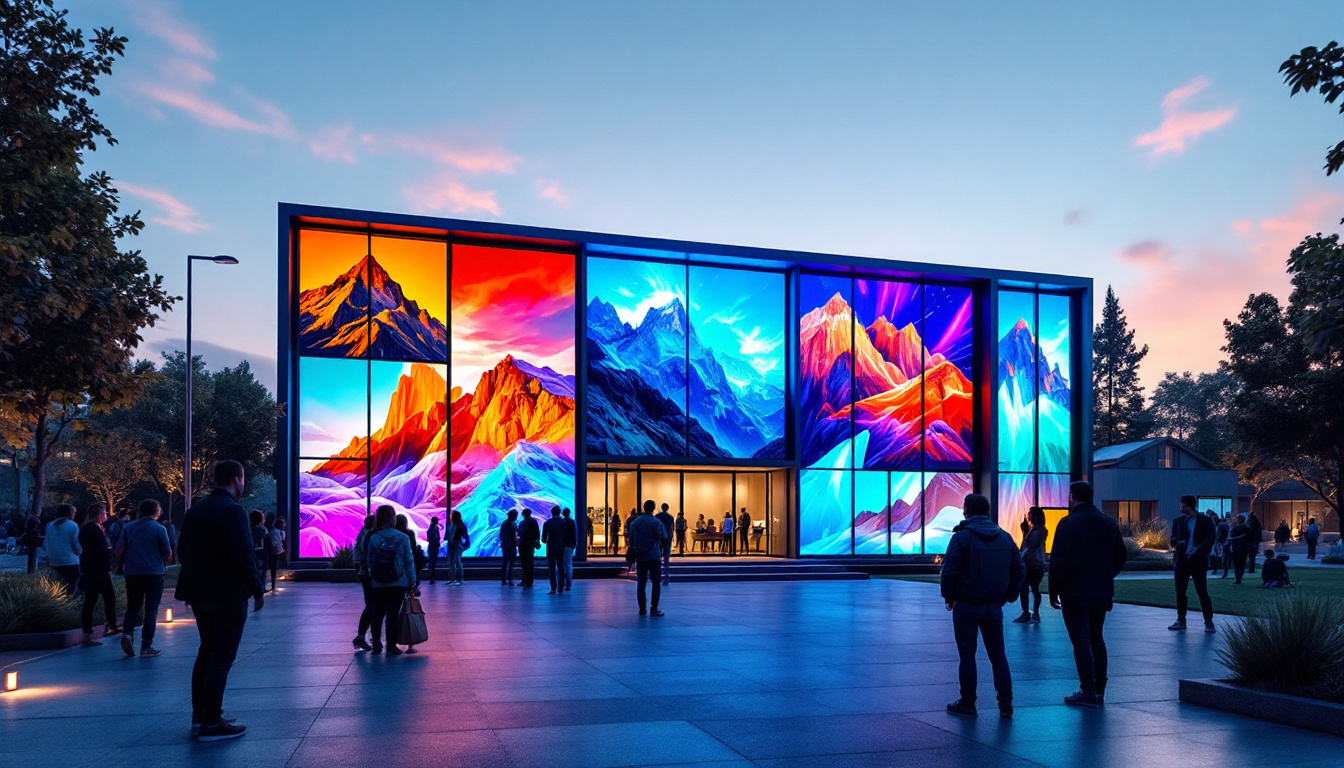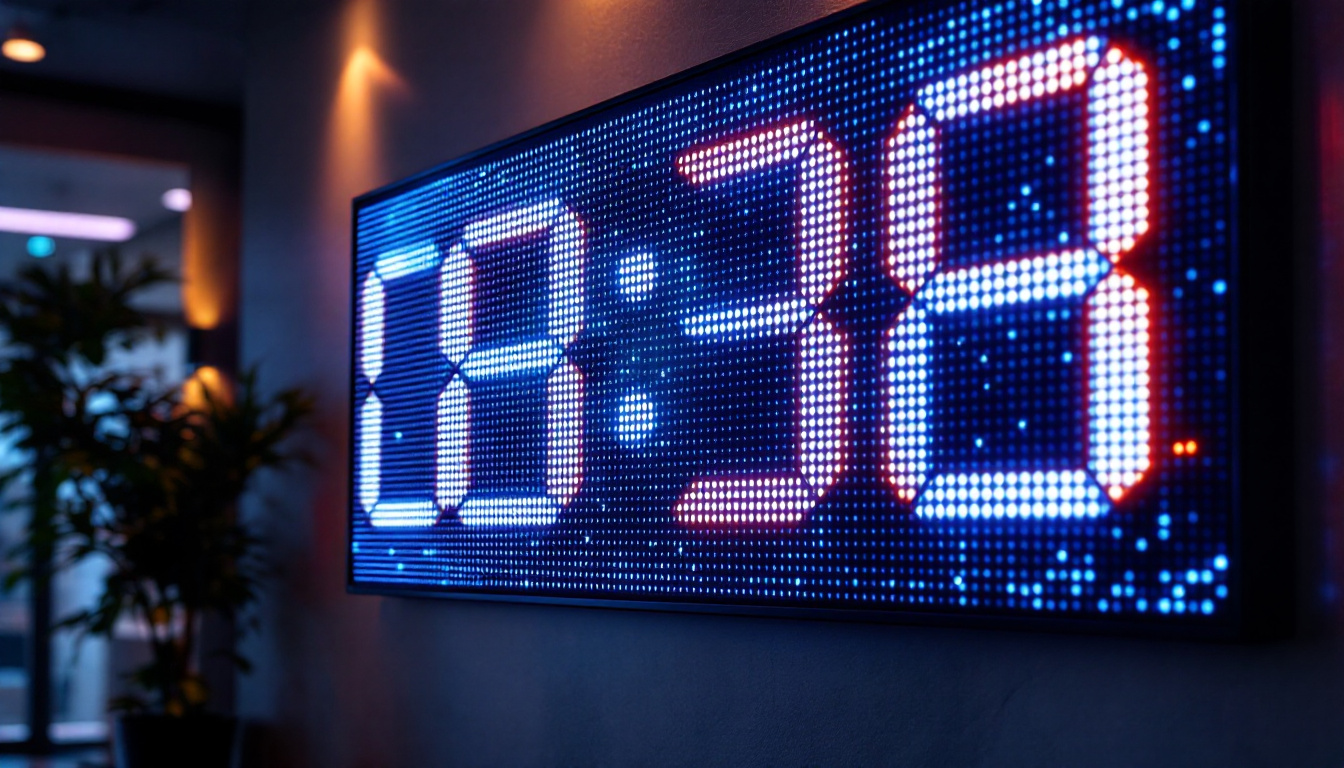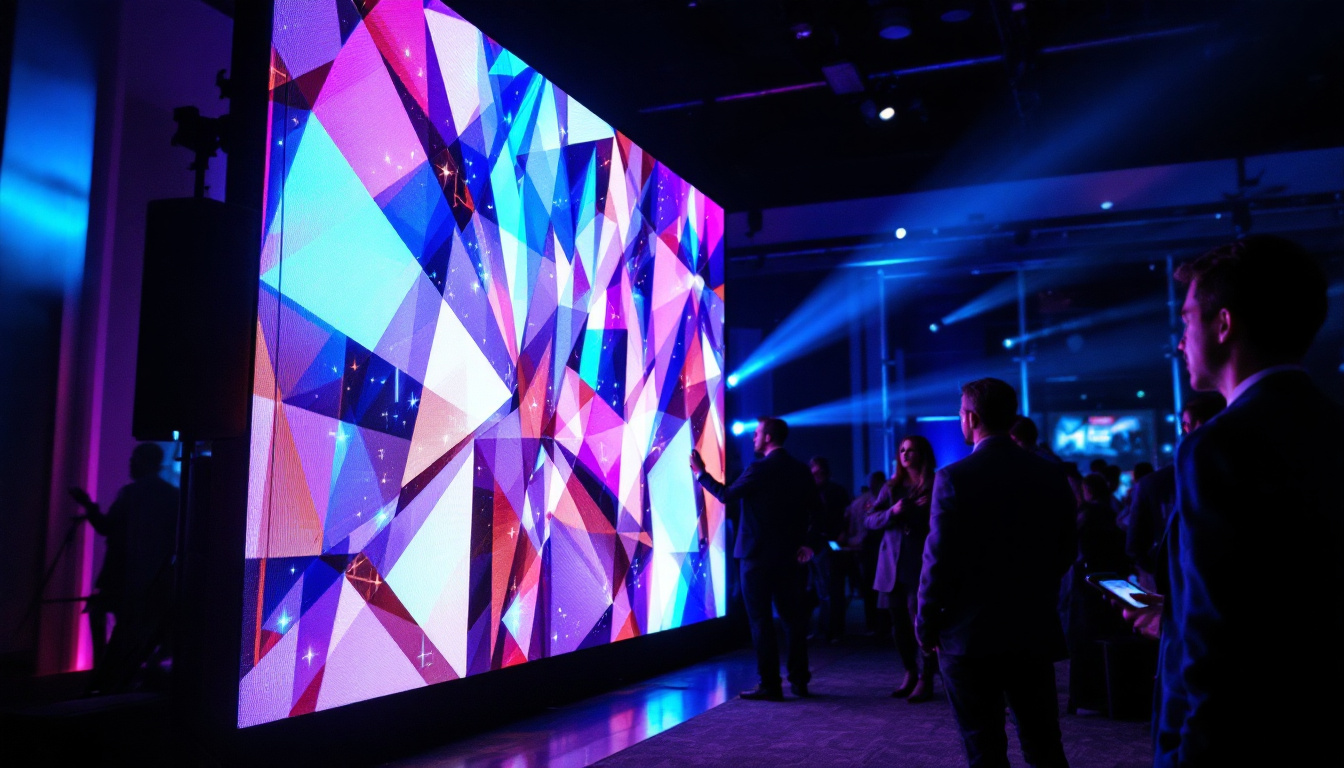In the modern world, LED displays have become ubiquitous, transforming the way we consume information and entertainment. From large billboards to handheld devices, LED technology plays a crucial role in delivering vibrant visuals. This article delves into the intricacies of LED displays, exploring their types, applications, advantages, and future trends.
Understanding LED Technology
LED, or Light Emitting Diode, is a semiconductor device that emits light when an electric current passes through it. This technology has evolved significantly since its inception, leading to various applications and improvements in display quality. Originally, LEDs were primarily used for indicator lights in electronic devices, but advancements in technology have expanded their use into various fields, including automotive lighting, architectural illumination, and even horticulture. The shift towards energy-efficient lighting solutions has made LEDs a popular choice for both consumers and industries alike, as they consume less power and have a longer lifespan compared to traditional incandescent bulbs.
The Basics of LED Operation
At its core, an LED is made of a material called a semiconductor, which has properties that allow it to emit light when energized. When electrons move through the semiconductor, they release energy in the form of photons, which is visible as light. The color of the light emitted depends on the materials used in the semiconductor, allowing for a wide range of colors and brightness levels. This phenomenon is known as electroluminescence, and it is this property that enables LEDs to be used in various applications, from simple indicator lights to complex display systems. Additionally, the efficiency of LEDs has improved dramatically, with many modern LEDs converting over 80% of electrical energy into light, making them a sustainable choice for lighting solutions.
Types of LED Displays
LED displays come in several types, each designed for specific applications. The most common types include:
- Direct View LED Displays: These displays are made up of individual LEDs that can be seen directly. They are often used in large outdoor billboards and scoreboards. Their high brightness and visibility make them ideal for advertising and public announcements, even in bright daylight conditions.
- LED Backlit Displays: These are LCD screens that use LEDs as a backlight. They provide better contrast and color accuracy compared to traditional LCDs. The use of LED backlighting has allowed for thinner and lighter screen designs, enhancing the overall aesthetic of modern devices.
- Organic LED (OLED) Displays: OLEDs use organic compounds to emit light, offering superior color reproduction and flexibility, making them ideal for smartphones and televisions. Unlike traditional LEDs, OLEDs can be made to be incredibly thin and even flexible, opening up new possibilities for innovative display designs.
In addition to these common types, there are also specialized LED displays, such as MicroLEDs, which consist of tiny, microscopic LEDs that can create high-resolution images with exceptional brightness and color depth. These displays are being explored for use in next-generation televisions and virtual reality applications, promising an immersive viewing experience. Furthermore, advancements in LED technology continue to push the boundaries of what is possible, with ongoing research into improving efficiency, reducing costs, and expanding the range of colors that can be produced. As the demand for high-quality visual displays grows, the role of LED technology in our daily lives is only set to increase.
Applications of LED Displays
LED displays are versatile and find applications across various sectors. Their ability to deliver high-quality visuals makes them suitable for numerous environments.
Advertising and Marketing
One of the most prominent uses of LED displays is in advertising. Digital billboards and signage can be updated in real-time, allowing businesses to promote their products and services dynamically. This flexibility enhances engagement and can lead to increased sales. Moreover, the vibrant colors and sharp images produced by LED technology capture the attention of passersby more effectively than traditional static signs, making them a preferred choice for marketers aiming to maximize visibility. The ability to target specific demographics through location-based advertising further amplifies their effectiveness, as businesses can tailor messages to resonate with the audience in a particular area.
Entertainment and Events
In the entertainment industry, LED displays are essential for concerts, sports events, and festivals. Large screens provide audiences with clear visuals, ensuring that everyone can enjoy the performance, regardless of their seating position. Additionally, LED walls can create immersive experiences that enhance the overall atmosphere of an event. For instance, during live performances, synchronized light shows and video feeds can be projected onto these screens, creating a captivating environment that draws the audience into the experience. Beyond concerts, LED displays are also increasingly used in theme parks and attractions, where they serve to enhance storytelling and engage visitors through dynamic visual content that complements the physical environment.
Public Information Systems
LED displays are widely used in public information systems, such as transportation hubs and airports. They provide real-time updates on schedules, delays, and other critical information, improving communication and efficiency for travelers. These displays can also feature multilingual support, catering to diverse populations and ensuring that information is accessible to everyone. Furthermore, the durability and low maintenance of LED technology make it ideal for outdoor installations, where weather conditions can be a concern. In addition to transportation, LED displays are increasingly being implemented in educational institutions, where they serve as interactive learning tools that can display announcements, schedules, and educational content, fostering a more connected and informed school community.
Advantages of LED Displays
The rise in popularity of LED displays can be attributed to several key advantages they offer over traditional display technologies.
Energy Efficiency
LED displays are significantly more energy-efficient than their LCD and plasma counterparts. They consume less power while providing brighter images, which can lead to lower operational costs, especially for large installations. This efficiency not only benefits businesses in terms of reduced electricity bills but also contributes to a smaller carbon footprint, aligning with the growing demand for sustainable technologies. As energy costs continue to rise, the financial advantages of LED displays become even more pronounced, making them an attractive option for both commercial and residential applications.
Longevity and Durability
LED technology boasts a long lifespan, often exceeding 50,000 hours of use. This longevity reduces the need for frequent replacements, making LED displays a cost-effective choice in the long run. Additionally, they are more resistant to shock and vibration, making them suitable for various environments. This durability is particularly beneficial for outdoor advertising and event displays, where exposure to the elements can be a significant concern. Furthermore, the robust construction of LED displays allows them to maintain performance in extreme temperatures, ensuring consistent operation regardless of the climate.
Superior Image Quality
LED displays offer exceptional image quality, with vibrant colors and high contrast ratios. This capability ensures that visuals are sharp and clear, even in bright outdoor settings. The ability to produce deep blacks and a wide color gamut enhances the viewing experience for users. Moreover, advancements in LED technology have led to the development of finer pixel pitches, allowing for higher resolutions and more detailed images. This is particularly advantageous for applications such as digital signage and video walls, where intricate graphics and text need to be displayed clearly from various viewing distances. As a result, LED displays are becoming increasingly popular in venues like theaters, stadiums, and retail spaces, where captivating visuals are essential for attracting and retaining audience attention.
Challenges and Considerations
Despite their many advantages, LED displays also face certain challenges that need to be addressed.
Initial Costs
The initial investment for LED technology can be higher than traditional display options. This upfront cost can deter some businesses from making the switch, even though the long-term savings may justify the expense.
Heat Management
LED displays generate heat during operation, which can impact performance and longevity if not properly managed. Effective heat dissipation systems are essential to ensure that the displays function optimally over time.
Viewing Angles
While LED displays offer excellent image quality, the viewing angles can be limited, especially with certain types of displays. This limitation can affect the experience in environments where viewers are positioned at various angles relative to the screen.
The Future of LED Displays
The future of LED technology looks promising, with continuous advancements paving the way for innovative applications and improved performance.
MicroLED Technology
MicroLED is an emerging technology that promises to revolutionize the display industry. It utilizes tiny, microscopic LEDs to create high-resolution images without the need for backlighting. This technology offers improved color accuracy, contrast, and energy efficiency, making it a strong contender for future displays.
Flexible and Transparent Displays
As technology evolves, the development of flexible and transparent LED displays is gaining traction. These displays can be integrated into various surfaces, such as windows and walls, allowing for creative advertising and design possibilities. The ability to create immersive environments will redefine how we interact with visual content.
Integration with Smart Technology
LED displays are increasingly being integrated with smart technology, enabling features such as touch interactivity and connectivity with other devices. This integration enhances user engagement and opens up new avenues for applications in retail, education, and entertainment.
Conclusion
LED displays have transformed the landscape of visual communication, offering vibrant, energy-efficient, and durable solutions for a variety of applications. As technology continues to advance, the potential for LED displays is vast, promising exciting developments that will further enhance our interaction with digital content. Understanding the fundamentals of LED technology, its applications, and future trends is crucial for anyone looking to leverage this powerful medium in their business or personal endeavors.
Explore the Future of Visual Display with LumenMatrix
Ready to elevate your visual communication with the latest in LED technology? LumenMatrix is at the forefront of innovation, offering an extensive range of LED display solutions tailored to your needs. From Indoor and Outdoor LED Wall Displays to specialized options like Vehicle, Sports, and Floor LED Displays, our products are designed to captivate and engage your audience. Discover the transformative power of LED displays and how LumenMatrix can help your brand shine. Check out LumenMatrix LED Display Solutions today and step into a brighter, more dynamic future.

